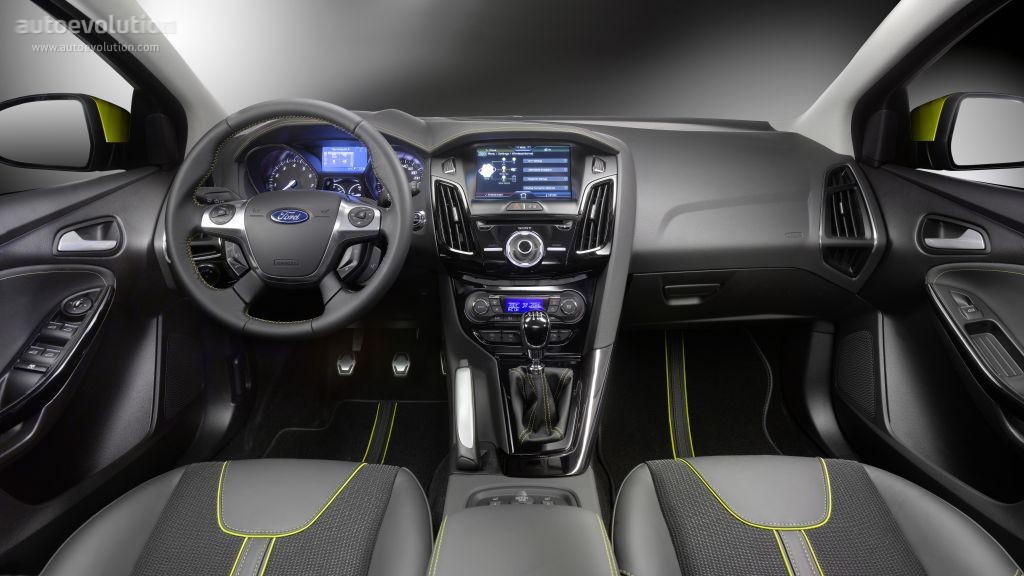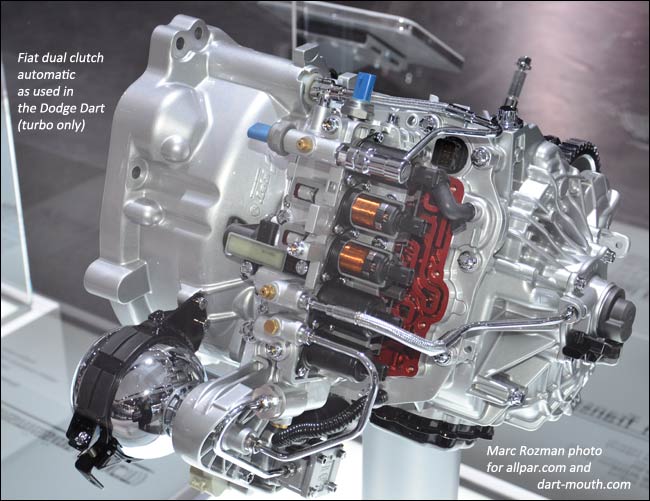- Dual-clutch Automatic Transmission Bmw
- 7-speed Dual Clutch Automatic Transmission
- Ford Focus Dual Clutch Automatic Transmission

DCT stands for Dual Clutch Transmission, but that alone doesn’t fully explain it. A DCT is a type of Automated Manual Transmission (AMT) that has two clutches instead of just one. They are gaining. The dual clutch transmission uses two separate clutches with no clutch pedal. Since there is no clutch pedal, the clutches are controlled through hydraulics and advanced computer electronics. Motordiag.eu driver download for windows 10. This is the same technology that you’d find in some of today’s newer automatic transmission vehicles. A dual clutch transmission or DCT is a hybrid of an automatic and manual transmission. The system is also known as twin clutch transmission and double clutch transmission. It is more similar to a manual transmission but uses two clutches for synchronizing the gear change.
Many automakers are moving towards dual clutch automatic transmissions. What you need to know.
For the past two decades, premium European brands have been offering dual clutch automatic transmissions (DCTs) in pricey sports models. Lately, volume automakers like Ford, Volkswagen, and Hyundai have started offering DCTs in models that are not particularly sporty, but rather, downright affordable and mainstream. These transmissions have both strengths and weaknesses based on our testing and the reports of many owners. Here’s why you should know before you consider a DCT-equipped vehicle, and what to expect if you purchase one.

The first thing to know is that DCTs are automatic transmissions, but they work like a manual transmission. Actually, they work like two manual transmissions. Inside every Dual Clutch Transmission are two separate gearsets with two individual clutches. The benefit of two clutches is that gears 1-3-5-7 are on one carrier, and gears 2-4-6 are on another. When you’re cruising along in 5th gear, 6th is pre-selected, making gear shifts lightning quick.

DCTs have a “Drive” and “Reverse” position along with “Park” and “Neutral,” just like any other automatic transmission. There is no real learning curve to using one. You simply hop in, uses the gear selector to engage drive or reverse, and you’re off. In this way, DCTs act for the most part like all other automatic transmissions we have all become accustomed to.
But, it’s helpful to think of a DCT as a manual transmission without a clutch pedal on the floor. Traditional automatic transmissions have a fluid-filled torque converter that acts as a buffer between the engine’s constantly turning crankshaft, and the gears in the transmission, which have to stop from time to time when you roll into the garage, or up to a stop sign. When you leave from a standstill, the dual clutches in a DCT transmission engage, just as if you had pushed your foot to the floor on the clutch pedal in a manual transmission.

That results in some subtle grabbiness, for example, at a red light or stop sign. It’s not a defect. Rather, it is part of how the machine works. Watch the video to get a better idea of what’s working inside a DCT:
Dual-clutch Automatic Transmission Bmw
VW was a trailblazer in this type of transmission in affordable models and it uses the nickname DSG, an acronym for Dual Synchronous Gears. VW has worked the early bugs out of these transmissions for the most part. Still, there is a bit of hesitation when starting off after selecting Drive or Reverse. In the Volkswagen Golf Alltrack we tested this month, these odd feelings were greatly minimized compared to older VW/Audi models we have driven. However, we could still sense the difference between the DCT and a conventional automatic.
Hyundai is moving towards DCTs for its most efficient drivetrains. We tested the Tuscon Eco last year and the DCT was for sure still exhibiting some funny feelings. Hyundai created a video to try to help owners understand the difference between a DCT and a traditional automatic.
DCTs originally came about when automakers attempted to find a way to satisfy performance car owners’ desire for a manual transmission with an automatic they would actually buy. The DCT shifts faster than older automatics and the paddle shifters offer driver involvement.
These transmissions filtered down into non-performance cars because fluid-filled torque converters sap a lot of efficiency from the engine. They’re designed to slip and as a result, they eat up a lot of the crankshaft’s power. DCTs can be more efficient than torque converter automatics because they minimize the slippage as they deliver power from the crankshaft to the transmission.
7-speed Dual Clutch Automatic Transmission
Some automakers have struggled to make DCTs work. However, VW, Audi, and others have refined them to the point that there are no real downsides and many upsides. In the right car, and for the right reasons, a DCT is an excellent choice. We suggest shoppers take an extended test drive before make their own decision on if a dual clutch automatic transmission is right for them.
Ford Focus Dual Clutch Automatic Transmission
Shopping for a new or used car? Start your search at BestRide.

